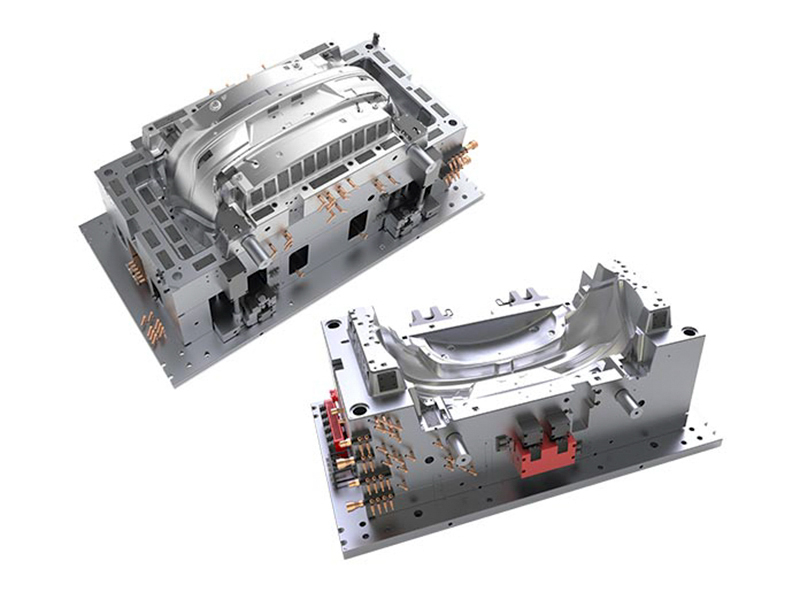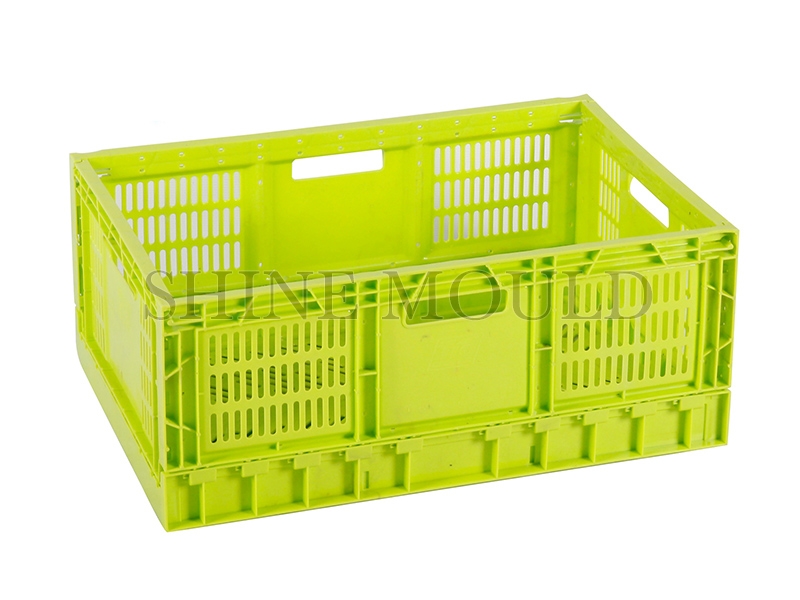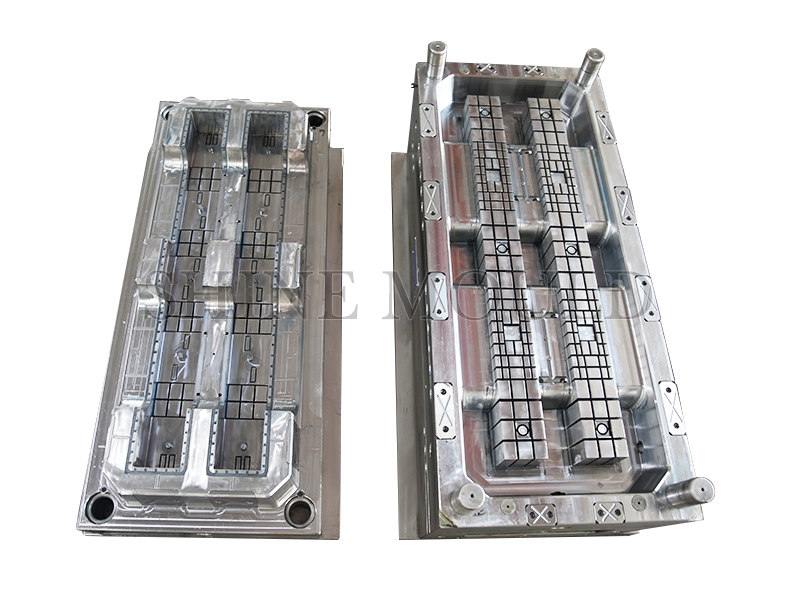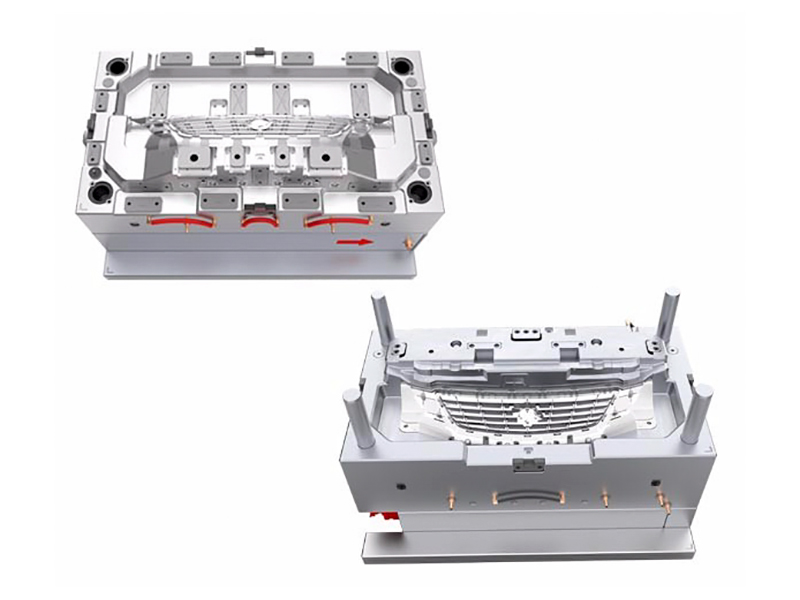Utilizing Basket Moulds A Comprehensive Guide
Basket moulds are specialized tools used in the manufacturing of baskets, which serve various purposes, from storage and organization to decoration and packaging. These moulds play a pivotal role in shaping the distinctive designs and structures of baskets, ensuring uniformity and precision in production.
Basket moulds are typically made from durable and heat-resistant materials to withstand the pressures and temperatures involved in the basket manufacturing process. Common materials used for basket moulds include high-quality steel, aluminium, and sometimes specialized plastics. The choice of material depends on the specific requirements of the basket being produced.
The design phase of basket moulds is crucial for creating the desired basket shape and structure. Using computer-aided design (CAD) software, engineers and designers create a 3D model of the basket, ensuring that the mould can accurately replicate the intended design. The design must consider factors like the basket's size, pattern, and overall aesthetics.
CNC Machining: Once the design is finalized, a computer numerical control (CNC) machine is used to program the cutting of the basket mould from the selected material. The precision of CNC machining is essential to ensure that the final basket will meet the specified dimensions and quality standards.
Heat Treatment: Some basket moulds undergo heat treatment processes to enhance their strength and longevity. This step is particularly important as the moulds will endure significant pressure during production.
Finishing: After machining and heat treatment, the mould may undergo a finishing process, which includes smoothing any rough edges and applying protective coatings. This ensures that the mould is ready for use in basket manufacturing.
Testing and Quality Control: Before deploying the mould in basket production, it undergoes rigorous testing to ensure that it produces baskets that meet the required specifications. Quality control checks are conducted to verify the mould's precision and consistency.
Basket moulds are versatile tools that find applications in various industries and settings. Here are some common ways basket moulds are utilized:
Retail and Packaging: Basket moulds are used to produce baskets for retail and packaging purposes. These baskets can be made from materials like plastic or woven fibres and are used for displaying and organizing products in stores or for packaging items for sale.
Agriculture: In agriculture, basket moulds are employed to manufacture baskets used for harvesting and transporting crops. These baskets are typically designed to be sturdy and capable of holding heavy loads.
Home Decor: Basket moulds are used to create decorative baskets that are often used in interior decor. These baskets come in various shapes, sizes, and designs to complement different home styles.
Storage and Organization: Moulds play a role in making storage and organization baskets for homes and offices. These baskets help keep items organized and accessible.
Gift and Hamper Baskets: Customized basket moulds are used to produce gift and hamper baskets, often seen during holidays and special occasions. These baskets can be personalized with different designs and contents.
Industrial and Commercial Baskets: Basket moulds are used to manufacture industrial and commercial baskets used in warehouses, factories, and commercial establishments for various purposes, such as storage and transport.
In conclusion, basket moulds are indispensable tools in the production of baskets for a wide range of applications. The precision and consistency they provide in shaping basket designs are essential for producing high-quality products. Whether you need baskets for retail, agriculture, home decor, storage, or any other purpose, basket moulds are the foundation of basket production, ensuring that the final products meet the desired specifications and aesthetic preferences.




 Search...
Search... English
English







